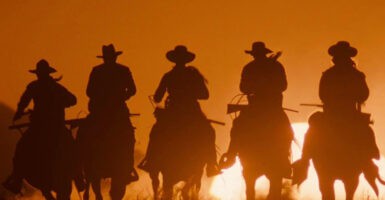Bajorans & Cardassians: The Star Trek Conflict Explained
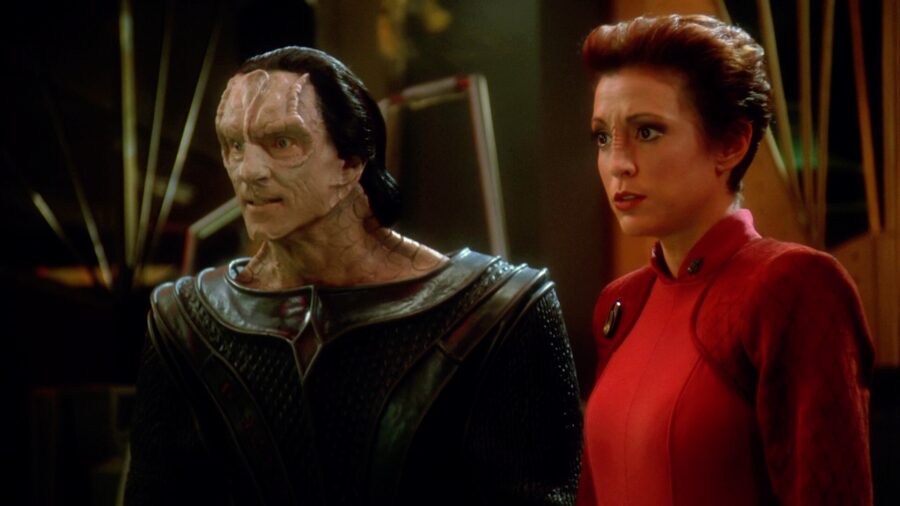
Star Trek: Deep Space Nine
When you watch Star Trek: Deep Space Nine, it is clear that the prior conflict between the Bajorans and the Cardassians will shape the entire series. However, the exact details of what happened are spaced out across various episodes and seasons, making it difficult to learn more about one of the most influential conflicts in the entirety of this Paramount franchise. Fortunately, you don’t need to use the Orb of Time to binge the series in no time flat, we’ve got everything you need to know, even if you don’t know your Prophets from your Pah-Wraiths.
As we see throughout Star Trek: Deep Space Nine, the Cardassian occupation had a profound effect on the Bajoran people.
This iconic Star Trek conflict began when the Cardassians invaded and occupied the peaceful planet of Bajor. In a dark parallel to our own problematic global history, the Cardassians invaded the Bajorans in order to exploit the rich resources of the planet.
To most of the Cardassians at the time, this invasion was not notable or historic–it was, sadly, just business as usual for their brutal space empire.
One question Star Trek fans often have about this conflict is why Starfleet didn’t intervene, and the answer is relatively complex. For example, Starfleet actually went to war against the Cardassians (Chief O’Brien is a veteran of this conflict), but they were still constrained by the Prime Directive which kept them from interfering in Cardassia’s occupation of Bajor (Starfleet considered this an internal matter between the two planets).
This would later lead to lingering resentment against the Federation by many Bajorans and hurt any chances the planet would formally join the Federation.
As we see throughout Star Trek: Deep Space Nine, the Cardassian occupation had a profound effect on the Bajoran people. Previously, they were a peaceful and spiritual people who focused primarily on art, but Cardassians (especially Gul Dukat) kept instituting policies of slave labor and mass executions that hardened many Bajorans.
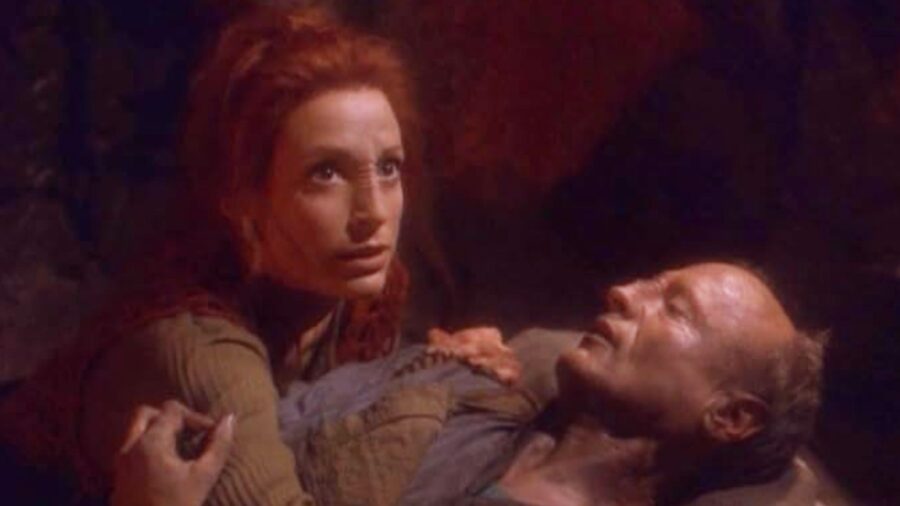
As time went on, an increasing amount of natives set aside the peaceful precepts of the Prophets in order to fight back against their Cardassian invaders.
Regardless of why Cardassia withdrew, they eventually departed the planet, leaving Bajor as a world that was now free but reeling from the ravages of prolonged occupation.
Eventually, Bajorans like Kira Nerys perfected the use of terrorist tactics to help drive the Cardassians off the planet, but the real reason the Cardassians finally left Bajor is largely a matter of interpretation for Star Trek viewers.
For example, the typical Bajoran narrative is that they successfully took the fight to their oppressors and eventually drove them away from the planet altogether. However, the typical Cardassian narrative is that they had already bled Bajor for most of the resources the Empire needed and they left not because of organized resistance but because of governmental pressure to leave (by now, the costs of the occupation were greater than the returns).
Regardless of why Cardassia withdrew, they eventually departed the planet, leaving Bajor as a world that was now free but reeling from the ravages of prolonged occupation. This led Bajor’s Provisional Government to petition the Federation for membership (though Bajor joining is something we would never see happen in Star Trek: Deep Space Nine) and for help repairing and maintaining Terok Nor, a Cardassian space station later rechristened as Deep Space Nine.
However, the Federation was viewed very suspiciously by many Bajorans who worried that their planet had fought off the Cardassians only to willingly embrace a new kind of occupation.
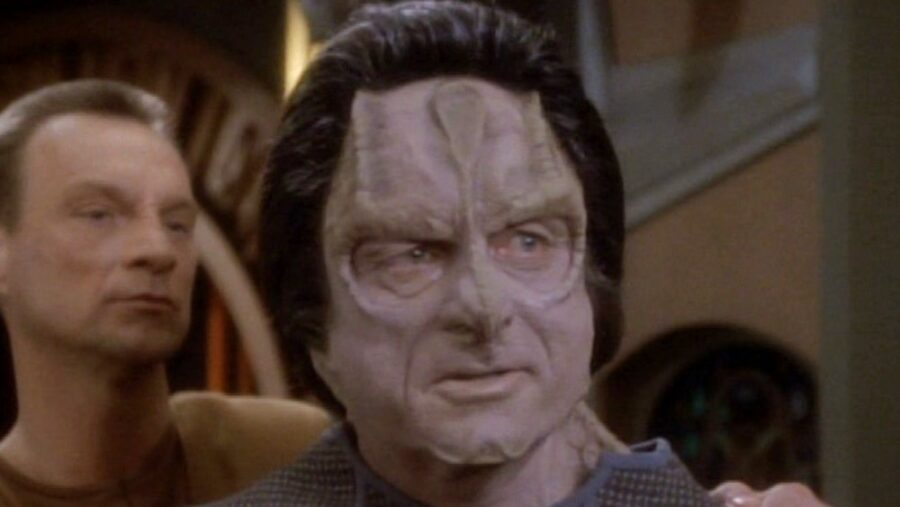
Interestingly, all of the direct conflict between Bajor and Cardassia had wrapped up by the beginning of Star Trek: Deep Space Nine, and knowing more about the history of that conflict can help viewers understand more about the show and its characters.
For example, one of the reasons that Kira Nerys and Kai Winn don’t get along is that they both represent two very different kinds of Bajorans: those who remain very militant and those who remain very spiritual.
By the end of Star Trek: Deep Space Nine, things would come full circle: Cardassia joins the Dominion but chafes under the arrangement, and Dukat’s former righthand man Damar becomes a resistance fighter trying to lead his people to freedom.
Kira’s interactions with Gul Dukat are always fraught because he was the prefect of Bajor for nearly a quarter of a century, personally authorizing the execution of countless lives. In Star Trek, he is perhaps the closest analog we ever had to Adolf Hitler, but he remained a major part of Cardassian’s military (and later, the government) long after the occupation had ended.
Kira was often forced to deal with him as a matter of diplomacy, but she could never forget the terrors he had inflicted.
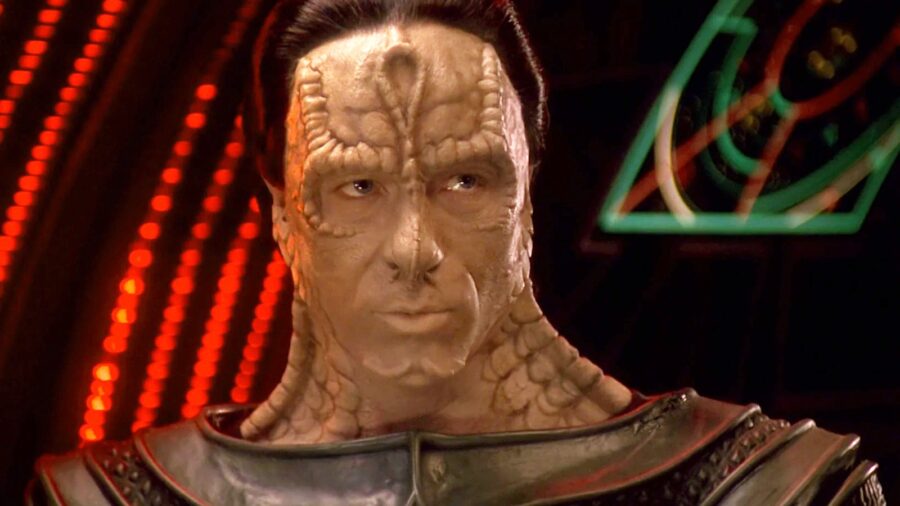
By the end of Star Trek: Deep Space Nine, things would come full circle: Cardassia joins the Dominion but chafes under the arrangement, and Dukat’s former righthand man Damar becomes a resistance fighter trying to lead his people to freedom.
With great reluctance, he accepts Kira’s help because she knows more about organizing a planetary resistance than he ever will. In choosing to help an empire that was once her greatest and most hated foe, Kira embodies the Star Trek ideal of embracing peace rather than clinging to hatred.











